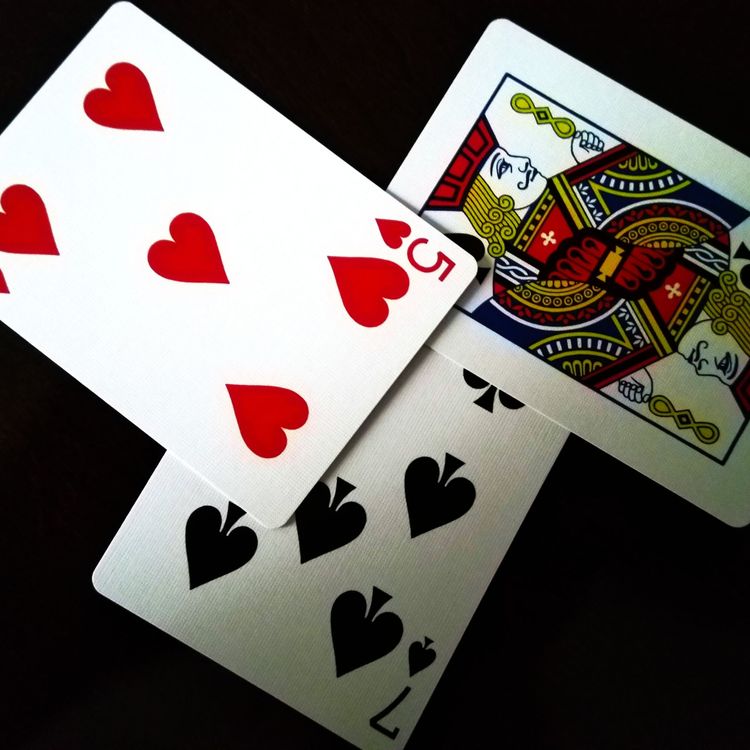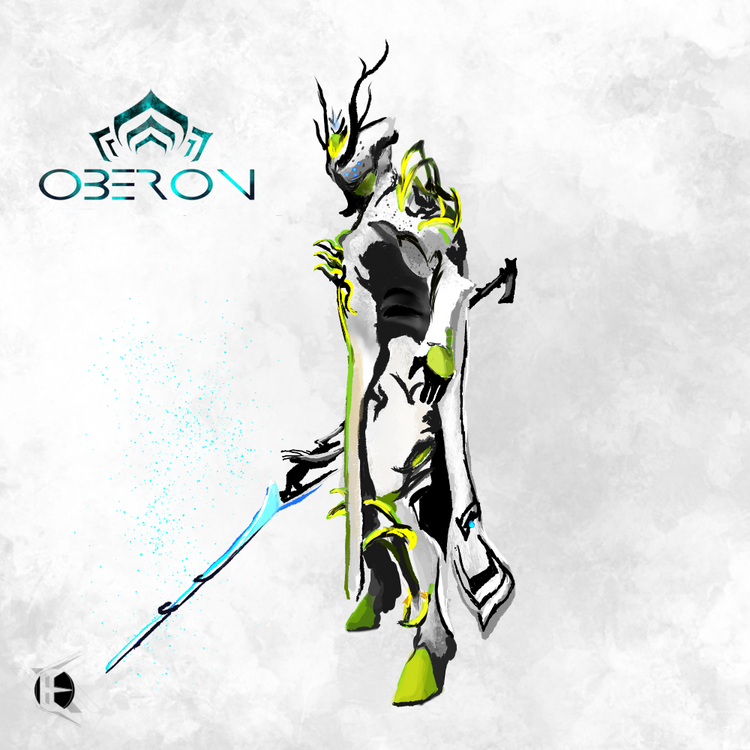
Running Commentary 10/14/2024
Hello,
I got a bit of birding in over the weekend; I didn't see anything new to me, but I did see a Tennessee warbler for only the second time in my life. I also saw a pied-billed grebe and a belted kingfisher in some ponds I hadn't visited before. The bird I saw the most was white-crowned sparrows, a flock of which I found singing to each other in some bushes and another one that was in my yard.
Anyway...
Playing...
Warframe
Now I have Koumei, and her weapons, and I've tested her out over the past week, and I'm sorry to say that she's pretty bad. Like, she's possibly the worst 'frame in the game; I'm not sure who I'd say is worse. Valkyr, maybe, or maybe Chroma, but she's definitely in that company.
Her look is decent. She's a "fate-themed" 'frame, which has been interrupted, in her powers, as throwing dice, but also in the sense of the threads of fate, which has led to a marionette aesthetic. This is well implemented; she looks cool, not creepy like marionettes can tend to look. Her powers, though, are all frustrating, awkward, slow and/or ineffectual. Let's break these down:
- Her 1 spreads a web of threads in the immediate area in front of her. Every time an enemy touches a thread, they'll get hit with a random status proc and be dealt a small amount of damage. Depending on what she rolls on her five dice, the amount of damage will change, but generally this will just afflict enemies with status procs at a not especially exciting rate. This is not really worth casting.
- Her 2 gives her a challenge to complete: either kill enemies who are close to you, kill enemies who are far away, kill enemies while sliding, while airborne, or while wall latching. The number of enemies you have to kill depends on her dice roll. Completing these challenges will each take at least a few minutes. Once you've done so, you'll be awarded a random Duviri decree. Since there's so much effort needed to get a Decree and since Decrees are often only marginally helpful, this is not really worth casting.
- Her 3 spawns charms (which float around her), as many as the number rolled on her dice. Each charm represents an even-odds chance to be healed rather than harmed by an enemy attack. This is generally effective against slow, heavy-attacking enemies, but against, say, a crowd of enemies with automatic weapons, these charms do not improve her survivability by any appreciable amount. This is thus rarely worth casting.
- Her 4 ties up enemies in front of her in threads suspending them as ragdolls and inflicts as many stacks of random statuses as she rolls on her dice. This is essentially a stronger, CC focused version of her 1. It opens up demies to attack with weapons, and keeps them from attacking you for a bit, so it's kind of worth casting, although it's expensive, and on a low dice roll it won't do much harm to enemies directly.
- Her passive is that her primary, secondary, or melee weapon will deal random Status effects, with which weapon this is active for switching every 60 seconds. Also, each time she casts a power and rolls dice, if she rolls 3 out of 5 as sixes, that power will get a little boost.
So, with all that dice rolling, there's inconsistence built into her kit deliberately. The problem is that her powers are, themselves, not very useful, and randomly getting higher or lower numbers on their parameters doesn't really change that, all it does do is add insult to injury when you get a bad roll. Her 2 has easily the worst effort/reward ratio of any power in the game, and sets you competing with your squad for kills.
Koumei is, like Nidus, built for long endurance missions, I think, which isn't really how I play Warframe, so maybe I'm not the best person to be giving my thoughts on her, but I just can't see myself playing her anymore going forward. I can't imagine what an effective rework would look like, either. Although getting a choice in decrees (like when you play Duviri) rather than a random draw would greatly improve her 2, it'd still be awkward to complete the challenges and you'd still need to run in a mission for a while to build up decrees enough to matter.
Ah well, we've gotten a lot of great new 'frames lately. Like dice, they can't all be winners.
As for her weapons: the Higasa is a rifle that shields you while you're aiming, which is kind of neat. It doesn't do much damage, so it's not really endgame-viable, but it might be fun for newer players. (The beam it fires after blocking so many shots with its shield I found very underwhelming.) The Amanata is a polearm that gives random buffs every 30 hits. These buffs are actually useful (crit and status buffs, or bigger range or faster attack speed, or all at once if you're lucky) but again, damage is pretty low. Now, there are mods for each of these weapons specifically to boost their base damage considerably, but that only brings them up from really weak to middling, they don't make them hit really hard or anything. But, these weapons aren't generic or forgettable, and if you don't need the absolute best weapons, these are fun.

Eating...
I made some cole slaw lately. That's a weird food, as far as how it fits into society. It seems like we can't decide whether it should be trendy or old hat. A lot of people like it, but it doesn't seem like a lot of people eat it. It's not common enough to be mainstream but not new enough to be exciting. I often feel like I don't eat it enough. Anyway, mine came out pretty good, so here's the recipe:

Cole Slaw
Ingredients
- 1 head green cabbage
- 5 oz. carrots
Dressing
- 3/4 cup mayonnaise
- 1/4 cup plain yogurt
- 1 TBSP dijon mustard
- 1/3 cup sugar
- 1/2 tsp salt
- 1/2 tsp pepper
- 1 tsp minced onion
- 1 TBSP apple cider vinegar
- 1/4 cup whole milk
Procedure
- Chop the cabbage into shreds; this can be done easily by removing the outer leaves, splitting the head in half, slicing away 1/2-inch slices from around the core, and cutting these slices into 1-inch lengths. Break this up by hand into shredded cabbage.
- Cut the carrots into 1-2 -inch sticks.
- Combine cabbage and carrots in a bowl large enough to permit the dressing to be stirred in.
- Mix together all ingredients of the dressing until it is well-combined.
- Thoroughly dress shredded vegetables until each piece is fully coated.
- Cover and chill overnight before serving.
This is a very basic sort of cole slaw; you can add other things to it if you want.

Bird of the Week
It's warbler season. Well, technically Spring is the real warbler season, since that's when they're still in the best colors, but Fall is also warbler season as they make their way down south. Many wood-warblers live in Canada's boreal forests in the summer and in Latin America's rainforests in the winter, which means for a lot of people the migration season is the only chance to see them. But not all warblers are so remote; some are quite common in populous areas; one I've even seen in my own backyard: the American Redstart.
While personally I've seen more yellow warblers than any other kind, I'd say that American redstarts are the easiest warbler to warbler-watch. They are incredibly distinctive-looking; even if you don't get more than a glimpse of them, you won't mistake them for any other warbler, particularly not the male. He is the darkest of all the wood-warblers in his summer range, mainly black with a white belly, but that blackness only serves to accentuate the bright flashes of orange on his sides, wings, and tail. They look, overall, like miniature orioles. Females and immature males share the same pattern in different colors: gray rather than black and yellow rather than orange. It was a female that I once saw in my yard; warblers eat small insects, so they don't come to feeders, but this one came to a bird bath. I was quite surprised to see it, but there was no mistaking that gray-and-yellow pattern.
Besides being easy to ID, redstarts are also found throughout comparatively more populous parts of the Western Hemisphere. While some nest in Western Canada and in Appalachia, they are most abundant, in summer, throughout the Great Lakes region, the U.S. Northeast, and the Canadian Maritimes; that is, they summer in some of the most populous parts of North America. So your average American's likelihood of seeing one is much higher than many other warblers. During the winter, they live in the Carribean and the coasts thereof, where they are prized as "coffee birds", encouraged to live near coffee plantations where they eat harmful insects.1
To science, the American redstart is Setophaga ruticilla. As I've mentioned when featuring a few of its cousins, "Setophaga" is Greek for "moth-eating";2 "ruticilla" means "red-tailed" in Latin,2 which is actually also what its common name means, too. The American redstart is so named because it looks something like the Old-World redstarts, with "start" in this case being an archaic term for "tail" or "handle".3 There is a third sort of bird called "redstart": in 1829 the naturalist W. J. Swainson collected a specimen in Mexico of a black warbler with a red throat and white flash-marks on its tail, much like the orange ones on the American redstart; he called it the "painted redstart" and placed it in Setophaga.4 Since then it has been moved to the genus Myioborus along with several other species with generally similar tails; these are called either "redstarts" or, more correctly, "whitestarts".
- Craves, Julie. “Know Your Coffee Birds: American Redstart,” July 2, 2024. https://www.coffeehabitat.com/2012/12/coffee-birds-american-redstart/.
- Jobling, J. A. (editor). The Key to Scientific Names in Birds of the World (S. M. Billerman et al. editors), Cornell Laboratory of Ornithology, Ithaca.
- Merriam-Webster.com Dictionary, s.v. “redstart,” accessed October 13, 2024, https://www.merriam-webster.com/dictionary/redstart.
- “Setophaga Picta Swainson, 1829,” n.d. https://www.gbif.org/species/2489854.
Curation Links
Imperfecta | Pamela Haag, The American Scholar
Profile of the writer’s brother, but more broadly of the Marfan syndrome with which he was afflicted and the field of genetic medicine through which he was studied. The most common genetic condition in humans, Marfan syndrome exhibits as dysfunction of the development of connective tissue, which generally results in notable height and lankiness, as well as weak hearts and vascular structures. While discernably different from those without the syndrome, Marfan patients sit in a gray area between “sick” and merely “odd”. Being tall and being tall because you have an underlying medical condition is subtly different, but that difference can matter to people’s self-concept.
How the Square Root of 2 Became a Number | Jordana Cepelewicz, Quanta Magazine
“The ancient Greeks wanted to believe that the universe could be described in its entirety using only whole numbers and the ratios between them — fractions, or what we now call rational numbers. But this aspiration was undermined when they considered a square with sides of length 1, only to find that the length of its diagonal couldn’t possibly be written as a fraction.”
The Problem With Darling 58 | Kate Morgan, Intelligencer
The American chestnut was an important tree in the arborculture of the eastern US until it was nearly wiped out by a fungal blight brought from overseas. Efforts have been made to cross-breed the tree with other chestnuts to eliminate the susceptibility to this blight, but promising early specimens are failing to live up to that promise.
√i | Martin Cahill, Nightmare Magazine
[FICTION] Cahill was inspired by "the idea of how terrifying it would be to experience a tornado warning without knowing what you were running from".
See the full archive of curations on Notion







Member Commentary